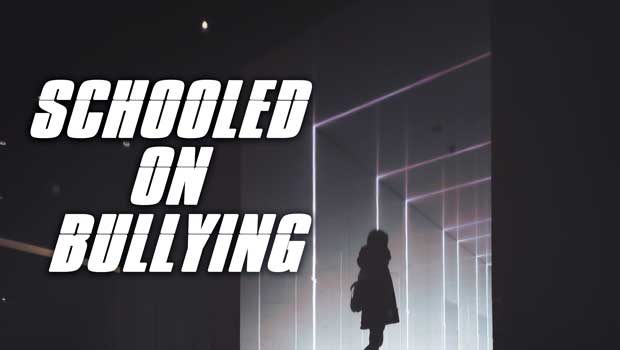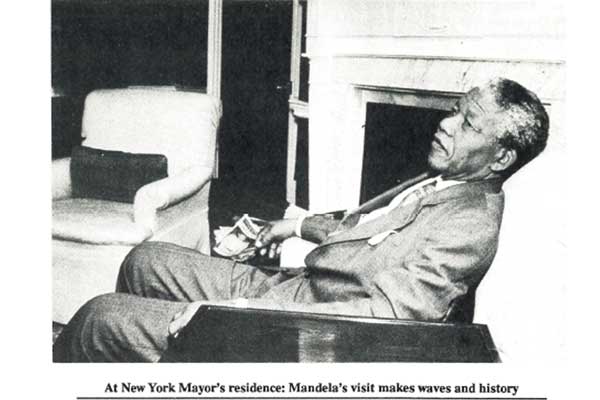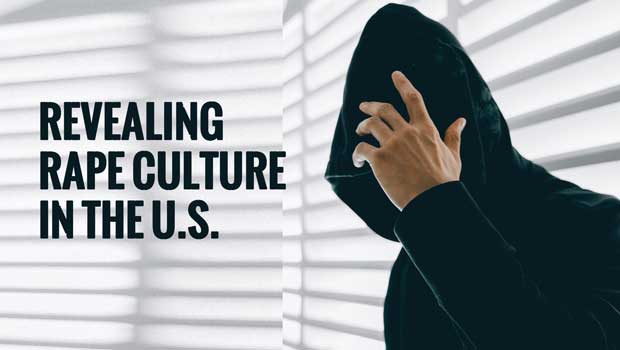It’s the first day of school and students across America are boarding bumble-bee buses on their trek to an education. Parents wave teary goodbyes at the kiss-and-ride and some, not too much later,line up in the main office to drop off brown paper bags of forgotten lunches, textbooks, or doctor’s notes. Classrooms are colorful, newly decorated and freshly perfumed. The white boards have erased all signs of summer school, and name tags are written and passed out, a sharpie scent attached tothe back-to-school clothing of the children.
Taking the first steps up the bus holds the same effect and triumph as climbing a mountain, but that can be destroyed when a student’s headscarf is yanked off when she is first seated. In such a hostile environment, it is not surprising that a Muslim student changes out of her long, modest dress in the school bathroom, to emerge dressed like the other girls. Yet no parent can ever envision their daughter doing this. The classrooms are colorful yes, but that color is muddied with hateful slurs spewed against the boys with more melanin. And as name tags are being passed out, “ISIS” is scribbled on one and passed to the hands of an immigrant.
In the current Islamophobic environment, there has been a huge uptick in Muslims seeking help — predominantly teenagers —with school bullying, depression, substance abuse, and other issues, according to the nonprofit group Crisis Text Line. Muslims (48percent) are more likely than Americans of other major religious groups to say they, personally, have experienced racial or religious discrimination in the past year. According to a survey bythe Institute for Social Policy and Understanding (ISPU), 42 percent of Muslim students in K-12 get bullied by other students or teachers in public schools. This and other surveys have found that there has been a marked rise in school bullying, particularly against Muslim children, since the election of the 45th U.S. President.
“The Trump Effect” has found its way into homes, small town supermarkets, buses, and city squares. According to a study done by the Southern Poverty Law Center, this new wave of emboldened, politicized bullying, following the election of Donald Trump, has swept its way through school doors too, and directly arises from comments the President has made about immigrants and minorities. Muslim children, especially, have been primary targets for hate incidents. While the SPLC’s results are not scientific, the organization says a “tremendous number of responses as well as the overwhelming confirmation of what has been anecdotally reported in the media cannot be ignored or dismissed.”
Categories of Bullying
The National Centre Against Bullying states that there are four major categories of bullying: physical, verbal, cyber, and social. Physical bullying includes hitting, kicking, tripping, pinching, and other bodily violations, all of which can potentially cause both short-term and long-term damage. Verbal bullying is a form of assault that single-handedly destroys the “but words can’t hurt me” bromide. Verbal bullying erodes a sense of belonging and safety, and can escalate to physical bullying. Social bullying, also called covert bullying, is akin to backbiting, whether by spreading rumors about someone, making up embarrassing stories, or excluding the individual from group activities. This type of bullying is done anonymously, with the intention to harm someone’s social reputation and/or cause humiliation. Lastly, cyber bullying is endemic to the 21st century.Armed with digital technologies and social media software, a screen serves as a false protection to hands sliding across a keyboard. Children, teenagers, and adults alike become perpetrators and victims, easily trapped in a new and harmful game of cat and mouse, in a society unprepared to deal with the damage.Hand-in-hand with the phenomenon of bullying, is a culture that promotes unrealistic beauty standards, immodesty in dress and behavior, hyper-competitiveness, an “anything goes” mentality, and consumerist values. Such an ethos feeds and whitewashes bullying.
Are parent’s equipped to handle situations of bullying in an appropriate and effective way? I have yet to experience the honor of being a parent. However, as a teacher and someone who deals with youth and children quite often, I witness a variety of parents, and I similarly witness the way situations are handled when it comes to challenging experiences their children face. I too often see parents brush aside, minimize, or ignore the issue. Teenagers feel uncomfortable speaking to their parents about mental health, school, or social issues. Youth fear disappointing their parents. There is a desperate need for communication; and the only way these issues can be resolved is if we start talking about them. Parents must do a better job at creating the space for their children to grow, while simultaneously building a relationship that allows their child to come to them and confide both their positive and negative experiences. The children who are bullied need the support and guidance that parents can offer, but only will seek that if they feel assured they will not be denigrated, disbelieved, or made to feel guilty.
The rise of discrimination specifically against our Muslim students is quite disturbing. Walking through the doors of their school, they can be faced with comments such as “oh no, the rag-head Taliban is here” or “we all think you are a terrorist” or“is that a bomb in your backpack?” It is gut-wrenching that sometimes these comments are made by teachers, the very same adults tasked with the responsibility to create safe spaces of learning and growth. Ethnically and religiously fueled bullying against Muslim students is sharpened with the students being told they don’t belong, that the color of their skin is associated with violence, or that their names instantly make them terrorists. Day in and day out, they are labeled as less American and less human.Yet, this is a country which promises religious freedom and protection from persecution;so, it is entirely unacceptable that our students feel unwelcome and unsafe.
What Are Our Communities and Schools Doing About Bullying?
The rise in prejudice against Muslim students is forcing schools to change and to diversify their anti-bullying programs. Students are being bullied about their weight, appearance, hair, clothes, skin color, socio-economic status, and religion. While the ISPU’s study estimates that over 70 percent of bullying is based on racial and cultural bias and group differences, most anti-bullying programs do not incorporate cultural sensitivity training. Regarding the bullying of Muslim students, teachers need to be informed about Islam so as to properly address the bullying occurring in their classrooms. In a nation where 43 percent of Millennial adults are non-white (Pew Research Center), it is imperative that school districts adjust their teacher training in order to create a healthier school setting for all their students. However, schools account for only a portion of a student’s life. Communities must do their part to address bullying. There is no room for any form of discrimination, racism, or misogyny in the religion of Islam. Masjids, imams, and community leaders must understand the complexities of life faced by the youth, and address those issues.
We enjoy talking about how youth are the future of the Ummah. However, we often forget that the future starts tomorrow. If our youth are being discriminated against and/or bullied in schools and social interactions, they grow up feeling unsafe, excluded, and degraded.Our future, then, is in trouble. Muslim youth are facing the most difficult time of their lives, and the fear of social rejection is very much present. I have just graduated from high school, and I think I was one of the few who were blessed to attend a wonderfully diverse, socially inclusive high school. Our Muslim Student’s Association (MSA) club welcomed over 35 students weekly for jummah, and our admin were present at every single one of our events.Even with that positive support, it is much too easy to fall victim to the fear of not fitting in.
Throughout my school career, I witnessed far too many suicides, too many bullying incidents, and too much hate. “This is my America too,” I would say time and time again. “This is my home too.” It is painful to think about our youth being attacked in buses and afraid to practice Islam in their schools.This is an American problem, and the solution sits in our hands, quite literally. Abu Sa’eed al-Khudree (may Allah be pleased with him) said: “I heard the Messenger of Allah [peace and blessings of Allah be upon him] say, ’Whosoever of you sees an evil, let him change it with his hand; and if he is not able to do so, then [let him change it] with his tongue; and if he is not able to do so, then with his heart — and that is the weakest of faith” (Muslim).
We must allow our hands to reach out across generational, sectarian, and religious lines. Our feet must walk our children to school, but must also walk alongside them through their everyday struggles, no matter how difficult or unpleasant. We must take back our names in a time where others are defining our words for us, and we must be unapologetic, proud, and true to our ideals and principles. Bullying is a global issue, but starts at home, and as your children climb up the steps of the bumble bee buses and take their seatson their trek to an education, we must do our very best at home and in our communities to equip them with the knowledge they need to remain strong.






